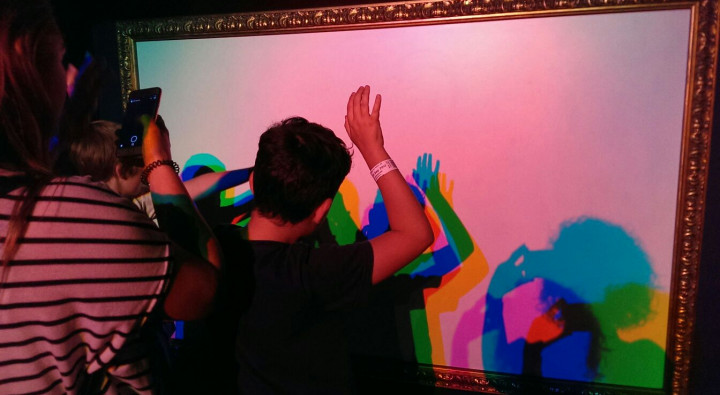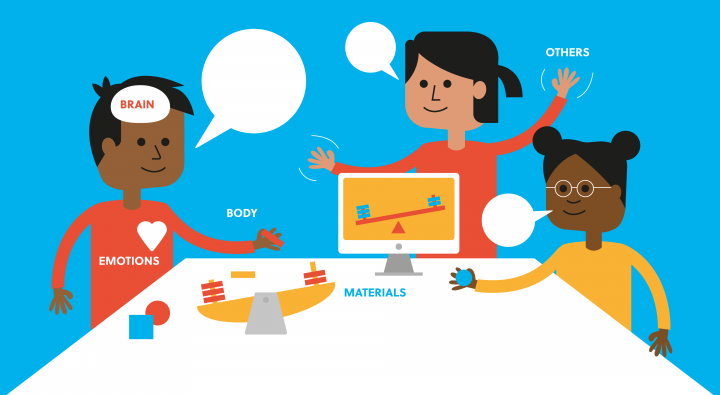SL+ Equity in Informal Science Learning
Outcomes and learning from Science Learning + (SL+), an international partnership between the National Science Foundation, Wellcome Trust and the UK Economic and Social Research Council (ESRC) that aimed to create and foster research-practice partnerships in informal science learning.
What is informal science learning and why is it important?
Informal science learning (ISL) experiences – like visiting museums, meeting scientists, watching YouTube videos and playing games – offer huge potential for young people to engage with and learn about science in a way that works for them.
All young people deserve to be inspired by science and to see its relevance to them. Young people spend up to 80% of their time outside of school and therefore they it is important that they have many opportunities to learn about science in informal settings.
Wellcome research shows that informal science learning may be particularly beneficial for young people from disadvantaged backgrounds, who are more likely to find science subjects challenging and unengaging at school.
 YESTEM- Equitable STEM engagement for minoritised youth
YESTEM- Equitable STEM engagement for minoritised youth
About Science Learning +
The resources on this page were generated through a grant programme entitled Science Learning + (SL+). This was an international partnership between the National Science Foundation, Wellcome Trust and the UK Economic and Social Research Council (ESRC).
The initiative aimed to create and foster research-practice partnerships in informal science learning (ISL), including strengthening the research and knowledge base, bridging the gap between practice and research, and sharing knowledge and experience in informal STEM experiences. It also sought to support practice-based research in several priority areas such as engagement, skills development; equity, diversity, and access to informal science learning settings.
 LEARN CitSci
LEARN CitSci
Three overarching themes connected the projects and drove wider discussion:
- Involving children and young people in ISL programming, practice and research
- Supporting equity within and through collaborative and interdisciplinary research
- Working well across boundaries and borders (geographical, disciplinary, research and practice)
Five projects were funded in 2017, spanning a range of topics and including collaborations between organisations in the US with others in the UK or Republic of Ireland.
The NCCPE along with the British Science Association (BSA) and NatCen Social Research (NatCen) supported the programme to draw together lessons learnt and maximise the impact of learning and outputs. This included engaging with both established and new stakeholders, including practitioners, producers, funders and decision-makers, to advocate for more support, funding and investment in informal science learning.
Equity in ISL

Enabling young people to take the lead in research

How do we move away from foregrounding ourselves? The problem with “Co-Production”

 Move2Learn
Move2Learn